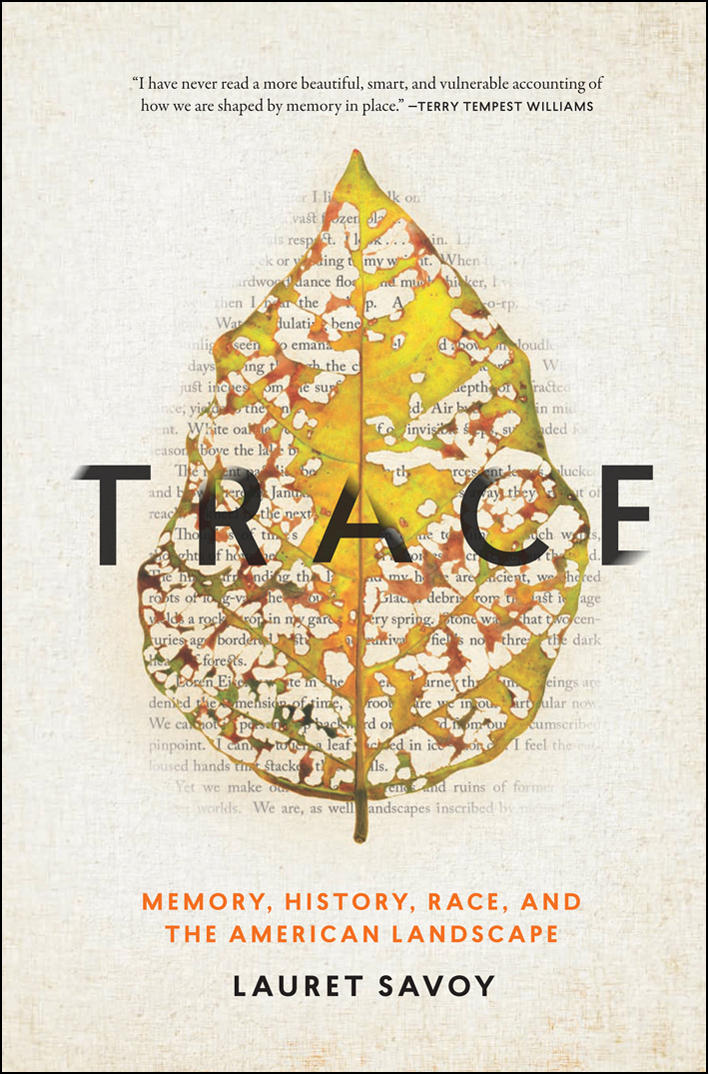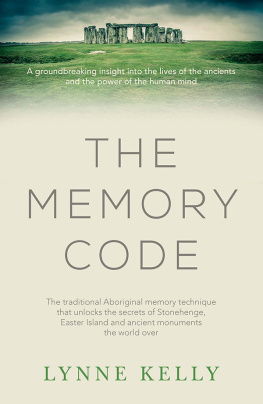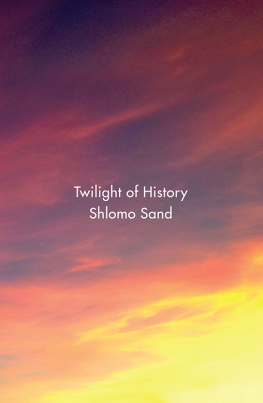
MORE ADVANCE PRAISE FOR TRACE
With a voice that is both lyrical and authoritative, this important illuminating book might be thought of as a map, or a group of maps laid out edge to edge... This is a book that will promote and help shape our nations urgent conversation about race.
JOHN ELDER, author of Reading the Mountains of Home and Pilgrimage to Vallombrosa
Lauret Savoys writing reveals both the pain and the hope located in landscape, place, and name. It is a wonderfully powerful and deeply personal exploration of herself, through this American landscape.
JULIAN AGYEMAN, author of Sustainable Communities and the Challenge of Environmental Justice
The personal manner and historical scenes are concise, explicit, and marvelous... the gentle deconstruction of the historical sources is truly moving, potent, and convincing.
GERALD VIZENOR, winner of the Lifetime Achievement Award from the Native Writers Circle of the Americas
How does one find a home among ruins and shards? That might be the question that leads Lauret Savoy to follow traces of lifes past in landscapes, rivers, fossils and graveyards as she works to undo the silences of our nations wounded history. As an Earth historian, she reads the land with an informed eye. As a woman of mixed heritage, she reads into the land the lives of enslaved laborers and displaced tribes. This is a work of conscience and moral conviction. Reading it I understood how the land holds the memory of our history and how necessary it is to listen to its many voices.
ALISON HAWTHORNE DEMING, author of Zoologies: On Animals and the Human Spirit
The narrator is an engaging figure, sharing with us her process of discovery, conveying her indignation without stridency (although stridency would have been justified), tracing her research, acknowledging her uncertainties, suggesting why this quest matters so deeply to herself and why it should matter to us.
SCOTT RUSSELL SANDERS, author of A Private History of Awe and A Conservationist Manifesto
Trace is must-reading for anyone who cares still about life on earth right here and now. Heaven help those who follow. In her contemplative essay, Lauret Savoy locates, relocates and celebrates the majesty of Americas natural landscapes... her loving, exhaustless examination of American language alone distinguishes this quietly powerful, nuanced, well-lit reflection. Trace cuts more than one gleaming, sharp-toothed key to help unlock some of the hard questions that challenge and haunt the environmental and climate-change movements.
AL YOUNG, former Poet Laureate of California, novelist, essayist
Savoy... successfully leads readers on an illuminating journey through historyher own and her ancestors, U.S. native and nonnative peoples, and the countrys, via insights on varied American landscapes and cultural and personal narratives. Savoys immersive, accessible, and evocative narrative interweaves questions of morality, social justice, and stewardship of the land we call home with discussions of history and the American landscape and will interest readers of history, social science, and earth science.
Library Journal
First off, Lauret Savoys sentences are beautiful. They flow with a sure diction and graceful rhythms, never a stumble or awkward turn. And they deliver plenty, whether historical or scientific information or sensory evocation. The occasional figurative imagethe residue carried downward to spread around their bases like a fallen skirtis always fresh and apt. She evokes rock formations and landscapes with a focus so pure and fine it seems effortless.
JOHN DANIEL, author of Rogue River Journal and The Far Corner
TRACE


Copyright 2015 Lauret Edith Savoy
All rights reserved under International and Pan-American Copyright Conventions. No part of this book may be used or reproduced in any manner whatsoever without written permission from the publisher, except in the case of brief quotations embodied in critical articles and reviews.
LIBRARY OF CONGRESS CATALOGING-IN-PUBLICATION DATA
Savoy, Lauret E.
Trace : memory, history, race and the American landscape / Lauret Edith Savoy.
pages 240
1. United StatesRace relationsHistory. 2. United StatesHistoryPhilosophy. 3. MemorySocial aspectsUnited States 4. LandscapesSocial aspects United States. 5. United StatesSocial conditions. 6. United States--Description and travel. 7. Savoy, Lauret ETravelUnited States. 8. Public historyUnited States. I. Title.
E169.Z83S38 2015
917.304--dc23
2015009588
Cover design by Debbie Berne
Interior design by Elyse Strongin, Neuwirth & Associates, Inc.
Counterpoint Press
2560 Ninth Street, Suite 318
Berkeley, CA 94710
www.counterpointpress.com
Distributed by Publishers Group West
10 9 8 7 6 5 4 3 2 1
e-book ISBN 978-1-61902-668-1
TABLE OF CONTENTS
Guide
CONTENTS
Life must be lived amidst that which was made before. Every landscape is an accumulation. The past endures.
Donald Meinig, The Beholding Eye, from The Interpretation of Ordinary Landscapes
Was that what travel meant? An exploration of the deserts of memory, rather than those around me?
Claude Lvi-Strauss, Tristes Tropiques
Life in its creativity changes the absolute nature of time: it makes past into presentno, it melds past, present, and future into one indistinguishable, multilayered scene, a three-dimensional body. This is what ghosts are.
Fei Xiaotong, A World Without Ghosts
My life is created as I narrate, and my memory grows stronger with writing.
Isabel Allende, Paula
TRACE

In the dead of winter I like to walk on water, held above liquid depths of the nearby lake by a vast frozen plain.
This ice demands respect. I look... again. Listen again... attentive to any k-r-a-a-ck or yielding to my weight. When the surface is more solid than a hardwood dance floor, and much thicker, I venture far. Even then I hear the ga-loop. A distant plo-o-rp. A muffled gal-oosh. Water undulating beneath ice and me.
Sunlight appears to emanate from above and below on cloudless February days, raying through the crystalline lattice underfoot. With my eyes but inches from the surface, any sense of depth, of refracted distance, yields to a sense of motion arrested. Air bubbles halt in mid-ascent. White oak leaves descend as if on invisible steps, suspended for a season above the lake bottom.
The recent past lies beneath me in these marcescent leaves, plucked and blown here by Januarys heavy winds. Inches away, they are out of reach. I kneel within the next stratum.
Thoughts of times passage always come to mind on such walks, thoughts of how memory of any form becomes inscribed in the land. The hills surrounding this lake and my home are worn remains of long-vanished mountains. Glacial debris from the last ice age produces a rock-crop in my garden each spring. Stone walls that two centuries ago bordered fields and pastures now thread the dark heart of forests.
Next page






